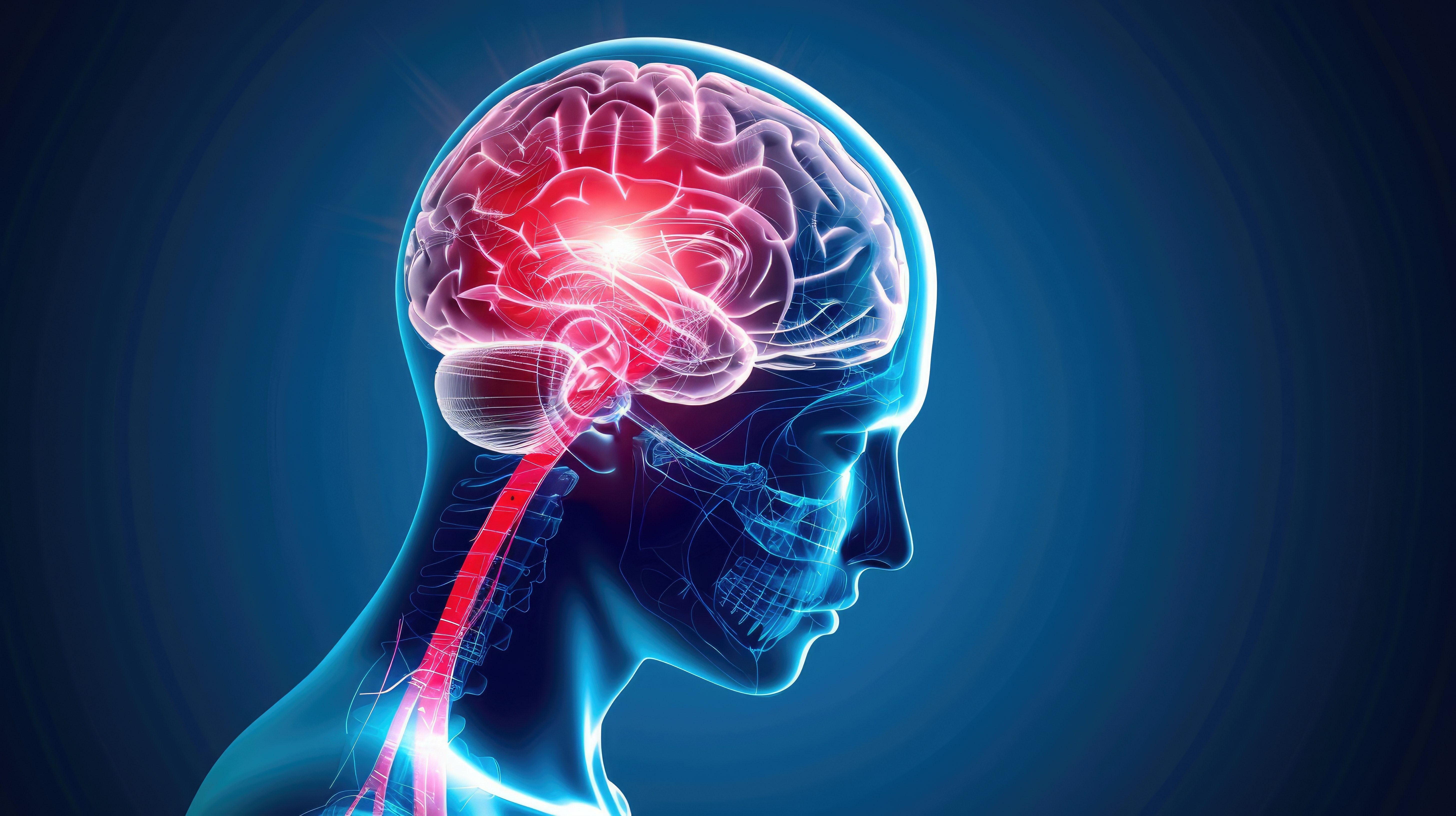Article
Blood Pressure, Small-Vessel Disease, and Neuropathology: Connecting the Dots
Author(s):
Blood Pressure, Small-Vessel Disease, and Neuropathology: Connecting the Dots
Even modest increases in blood pressure in older persons can contribute to small-vessel disease. Conversely, lowering blood pressure can reduce the prevalence of such lesions, according to 2 recently published clinical studies.1,2 Although the association between cardiovascular and neurologic disorders has been well established, understanding the nuances may provide more ammunition for preventive care.
Alzheimer disease (AD) and stroke have been associated with white matter hyperintensities (WMHs). WMHs have, in turn, been associated with cardiovascular disorders--hypertension in particular.
Unlike stroke, AD generally has not been thought of as a vascular illness; however, new findings are challenging this.3,4 A study published in the January 25 issue of Neurology3 compared blood pressure readings and MRI findings in 511 nondemented elderly persons at baseline and 5 years later and found that hippocampal atrophy was more extensive at 5 years among persons who had higher diastolic blood pressure readings at baseline but were not receiving antihypertensives. Furthermore, hippocampal atrophy was associated with a significant presence of WMHs and neurofibrillary tangles at autopsy. More hippocampal and amygdalar atrophy was seen in patients who were receiving antihypertensive therapy at baseline and had low blood pressure readings.
Similar findings were reported less than 6 months later1 by another research team that looked at the correlation between systolic blood pressure and the development of WMHs, subinsular hyperintensities, and brain atrophy over 5 years in 155 healthy older adults (aged 55 to 79 years) who had a mean blood pressure of 166.9/71.1 mm Hg. The researchers found that brain atrophy and subcortical lesions were more prevalent not only in persons whose casual and ambulatory blood pressure levels were elevated at baseline but also in those who displayed small increases in casual and 24-hour ambulatory blood pressure measurements over time.
In a study that appeared in Stroke in 1998,5 these same researchers showed that WMHs and insular subcortex hyperintensities were more prevalent in healthy adults with relatively low blood pressure whose ambulatory and casual blood pressure levels were elevated relative to those in the group. Their current study showed a progression in severity of WMHs and changes in brain volume in this population.1
In the face of these findings, another study2 showed that the progression of WMHs can be ameliorated and even halted by blood pressure control. This study looked at the effect of the angiotensin-converting enzyme inhibitor perindopril (Coversyl, Servier) on the presence of WMHs in 192 patients who had a history of stroke or transient ischemic attack. Patients were randomly assigned to receive perindopril plus indapamide, perindopril alone, or placebos that simulated either the perindopril-plus-indapamide regimen or the monotherapy regimen.
At follow-up, a significantly greater reduction in both systolic and diastolic blood pressure measurements was seen in patients receiving active therapy than in those receiving placebos. Systolic blood pressure was reduced by a mean 12.5 mm Hg and diastolic pressure by a mean 8.2 mm Hg in the treated groups, compared with a mean 1.3 mm Hg and 3.9 mm Hg, respectively, in the placebo groups. Follow-up MRI revealed that new WMHs developed in 16% of patients receiving placebos and 9% of those receiving active treatment. The volume of WMHs was greater at follow-up in those patients who had a greater volume at baseline, and the total volume of new WMHs was significantly lower among treated patients than among patients receiving placebo.
When asked whether he believed that the findings might be an incentive to clinicians to step up blood pressure control, lead investigator Christophe Tzourio, MD, PhD, director of the neuroepidemiology research unit at the Institut National de la Santé et de la Recherche Médicale in Lyon, France, told Applied Neurology that this study "and other results on blood pressure and cognition should encourage them to do so." He added that the study was the first of its kind and should not be considered conclusive.n
For references, please go to www.appneurology.com.
1. Goldstein IB, Bartzokis G, Guthrie D, Shapiro D. Ambulatory blood pressure and the brain: a 5-year follow-up. Neurology. 2005;64:1846-1852.
2. Dufouil C, Chalmers J, Coskum O, et al. Effects of blood pressure lowering on cerebral white matter hyperintensities in patients with stroke: the PROGRESS (Perindopril Protection Against Recurrent Stroke Study) Magnetic Resonance Imaging Substudy. Stroke. 2005;112:1644-1650.
3. den Heijer T, Launer LJ, Prins ND, et al. Association between blood pressure, white matter lesions, and atrophy of the medial temporal lobe. Neurology. 2005;64:263-267.
4. de la Torre JC. Alzheimer disease as a vascular disorder: nosological evidence. Stroke. 2002;33:1152-1162.
5. Goldstein IB, Bartzokis G, Hance DB, Shapiro D. Relationship between blood pressure and subcortical lesions in healthy elderly people. Stroke. 1998;29:765-772.






